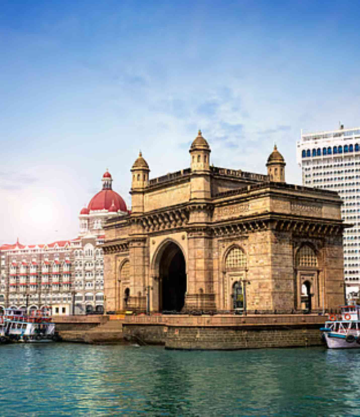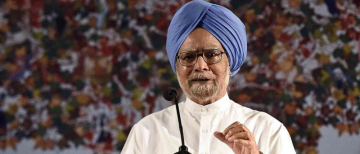Cricket, once regarded as a gentleman's game, has evolved into a coliseum of entertainment, spectacle, and economic prowess since the beginning of the Indian Premier League (IPL). Since its beginning in 2008, the IPL has not only transformed sport but has also altered the financial landscape of the Board of Control for Cricket in India (BCCI). With each passing season, the IPL has cemented its place as a profitable cash cow for the BCCI, with an exponential increase in income creation, sponsorship partnerships, and media rights auctions. In addition to drawing attention from all around the world, the enormous funds involved in the Indian Premier League have established the league as a key participant in the global sports economy.

IPL's Financial Frenzy
The BCCI's financial prowess, as shown in its yearly reports for the five years preceding 2021-22, is nothing short of astounding. The BCCI's surplus of Rs 320 billion ($2.7 billion) by August 2023 indicates that it has financial sway far beyond the cricket world. While the financial data for 2022-2023 have yet to be revealed, the audited records from the 2022 IPL provide an intriguing insight. The tournament generated a net income of $292 million, with revenues of $771 million and expenses of $479 million.
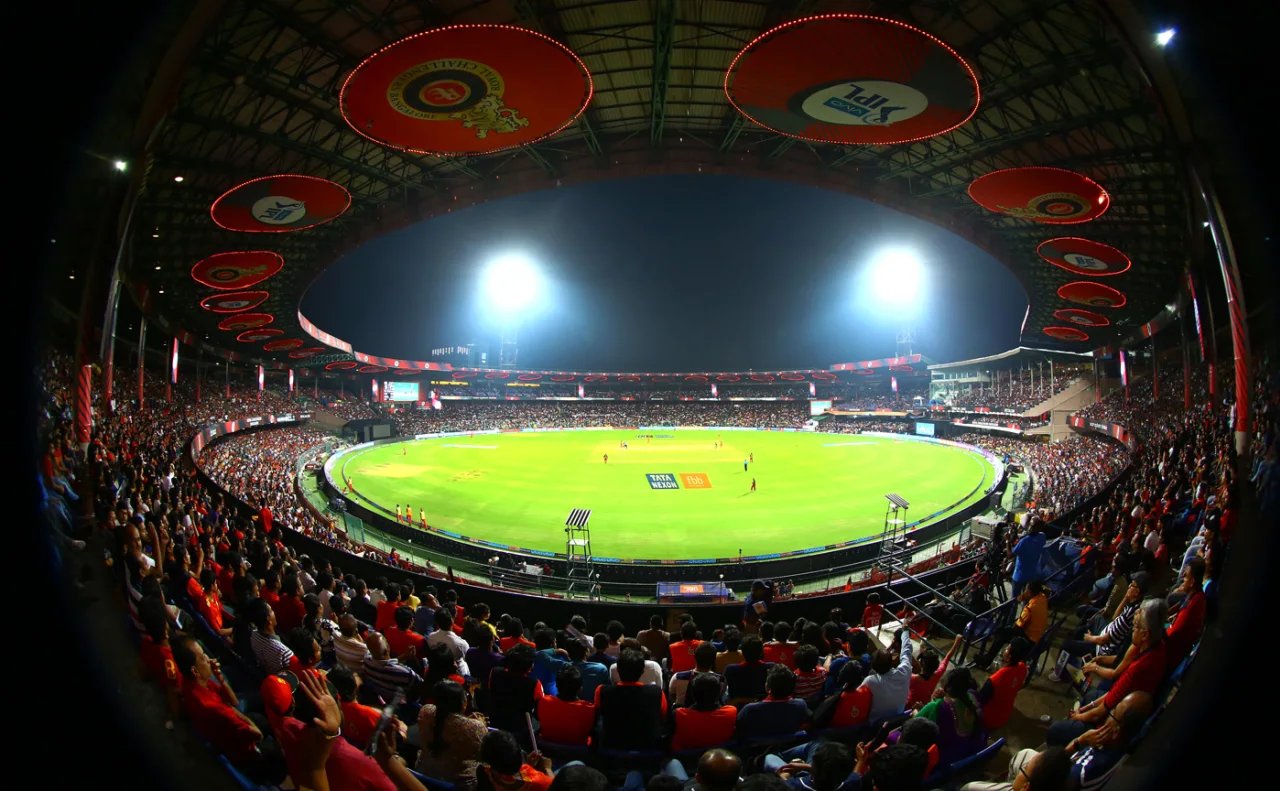
This financial ballet is not just a one-time occurrence; rather, it's an ongoing spectacle, with the BCCI deftly maneuvering the IPL's economic environment. Before 2017, the BCCI sought to keep its financial details secret. But when the broadcast and internet streaming rights for the 2023–2027 Indian Premier League tournaments were auctioned off, a paradigm change took place, driving up the financial stakes to previously unheard-of levels.
Broadcast Rights: A Billion-Dollar Canvas
The cricketing world was in a state of shock and disbelief when the broadcast and internet streaming rights auction for the 2023–2027 IPL seasons was revealed last year. The winning bid was a staggering $6.2 billion, exceeding all projections and destroying the old media rights agreement by over two and a half times. The fact that two massively successful media companies, Disney and Viacom, won the bidding war highlights the IPL's popularity on a worldwide scale as well as its financial power.

This enormous broadcast agreement is proof of the BCCI's skillful negotiating abilities as well as the IPL's capacity to enthrall viewers throughout the globe. The media giants were enticed into a bidding frenzy by the BCCI's ability to turn the IPL into an attractive product. The size of this transaction strengthened the BCCI's financial reserves and cemented the IPL's reputation as the world's greatest cricket show.
The IPL Ecosystem: Revenue Streams Beyond the Boundary
The BCCI's financial benefits go beyond only the broadcast rights. The Indian Premier League (IPL) has developed into a diverse ecosystem that generates income, with multiple sources feeding the growing coffers of the cricketing giant.
Sponsorship Deals
The IPL is a magnet for corporate sponsorships, with businesses competing for visibility in the cricket spectacular. From title sponsorships to team partnerships, the BCCI has effectively capitalized on the tournament's commercial appeal, drawing large brands and companies. The brands on player jerseys and stadium hoardings are more than just symbols; they represent profitable transactions that contribute significantly to the BCCI's balance sheet. Also, players such as Virat Kohli, Rohit Sharma, and AB de Villiers have not only elevated the standard of cricket in the IPL but have become synonymous with the league's brand identity. Their on-field exploits, coupled with their off-field charisma, have transformed them into veritable brand ambassadors, attracting lucrative sponsorship deals and endorsement contracts.

Ticket Sales and Merchandising
The popularity of the IPL ensures that stadiums are crowded, which generates significant cash from ticket sales. As fans applaud from the stands, memories of their ticket and merchandise purchases linger, demonstrating their enduring loyalty. In addition, a sizeable portion of the total revenue comes from the selling of team merchandise, such as jerseys, hats, and other accessories. However, in the middle of commercialization, it's important to remember that cricket remains the most unifying force of all.
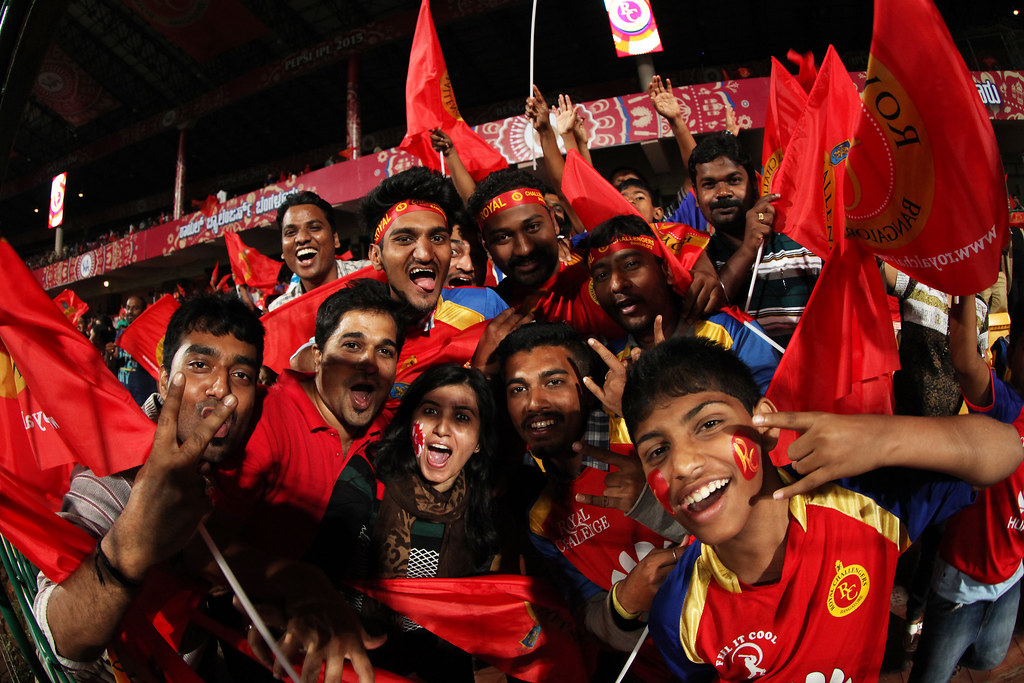
Digital Engagement and Social Media
To expand its worldwide reach in the digital age, the Indian Premier League has made full use of social media and the internet. The BCCI receives new revenue sources via social media partnerships, streaming agreements, and online content distribution. With fans consuming material on multiple platforms, the IPL has become a digital sensation. The BCCI takes advantage of this trend to bolster its financial situation. Franchises such as Mumbai Indians, Chennai Super Kings, and Kolkata Knight Riders have emerged as veritable juggernauts, both on and off the field, amassing loyal fan bases and lucrative sponsorship deals. The symbiotic relationship between franchises and sponsors has created a virtuous cycle of economic prosperity, with each party benefiting from the other's success.
The BCCI's Financial Mastery: A Strategic Triumph
The BCCI's financial success is the outcome of a well-thought-out plan that uses the IPL as a cash cow rather than a lucky break. The BCCI's billion-dollar success may be attributed to several factors, including the choice to auction broadcast and digital rights separately, the careful negotiating of media partnerships, and the strategic alignment with multinational firms.
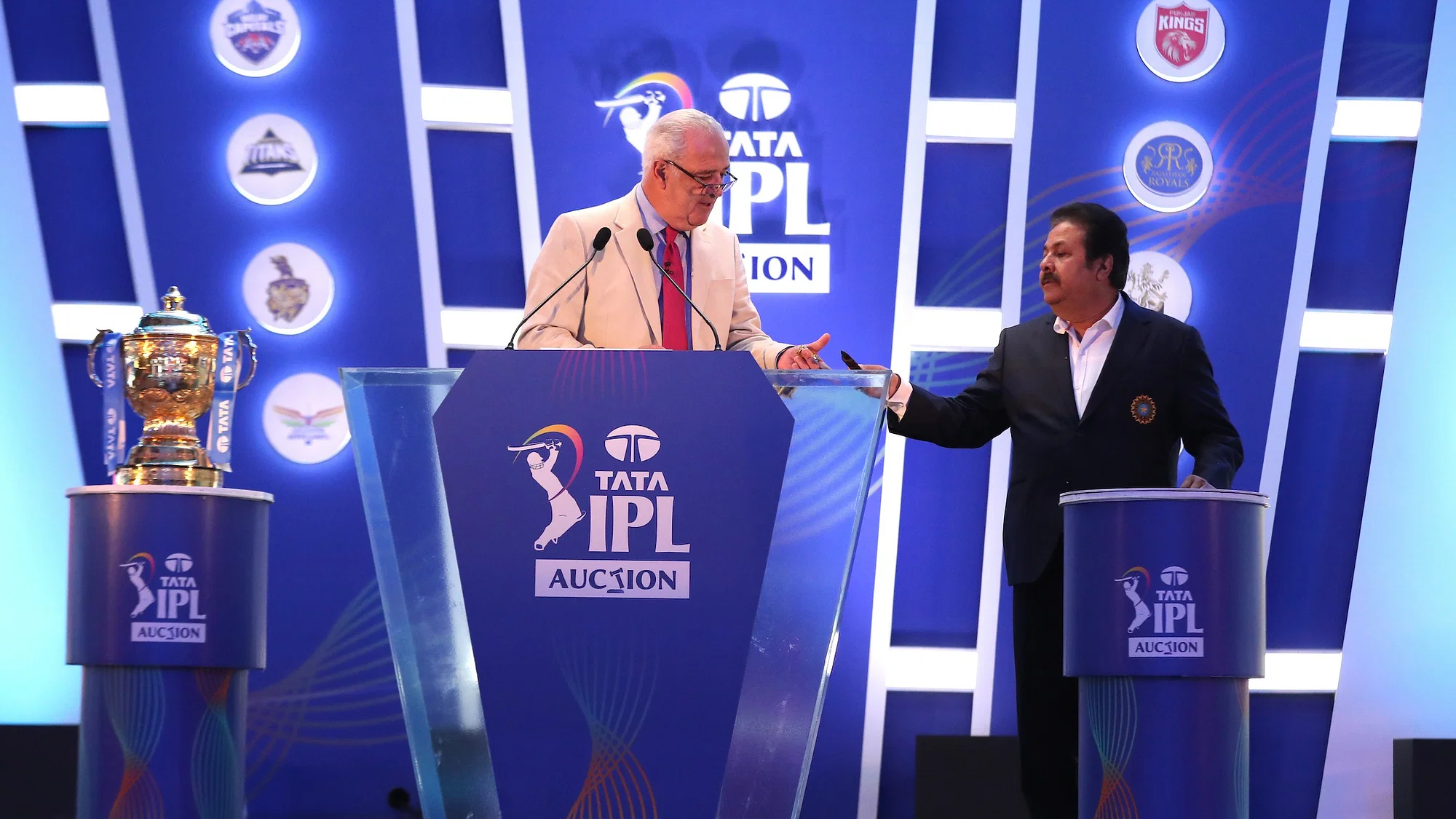
Image Source: Quint
Strategic Auctioning
The BCCI made a brilliant strategic move when it decided to auction off the rights to broadcast and internet streaming separately. By using this strategy, the board was able to maximize the value of each element and draw in competitive offers from major media companies hoping to win exclusive rights. The fact that a record-breaking $6.2 billion was offered for the 2023–2027 rights shows how successful this tactical move was.
Globalisation of the league
The BCCI's proactive attempts to globalize the IPL have contributed significantly to its financial success. The Indian Premier League (IPL) has succeeded in breaking down national barriers by drawing in international players, building a global fan following, and obtaining lucrative TV deals. The IPL's marketability has increased thanks to the BCCI's ability to present it as a major international cricket event, generating previously unheard-of financial advantages.
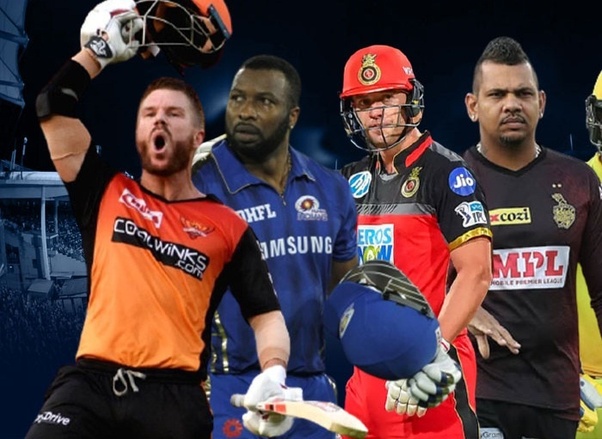
Astute Negotiations
The BCCI's negotiating skills are evident in the lucrative broadcast and sponsorship agreements. Their strategy has come to be known for its capacity to obtain high-profile sponsorships, maximize the value of media rights, and create win-win alliances. The IPL has become a worldwide phenomenon because to the board's skill in negotiations.
With the BCCI at the helm, the IPL has unquestionably evolved into a financial powerhouse that has successfully navigated economic storms to emerge with record-breaking revenues. The $300 million profit from the 2022 edition only scratches the surface of the BCCI's financial gain from the IPL. The BCCI has propelled the IPL to unparalleled heights, thereby consolidating its position as the moneymaker of Indian cricket. The BCCI's ability to leverage the IPL's commercial potential continues to be a model for cricket boards across the globe, reinforcing the tournament's status as not just a billion-dollar business enterprise but also a sporting spectacular as the financial juggernaut continues its march.
Image Source: X(Twitter)/Multiple Sources
Ⓒ Copyright 2024. All Rights Reserved Powered by Vygr Media.








